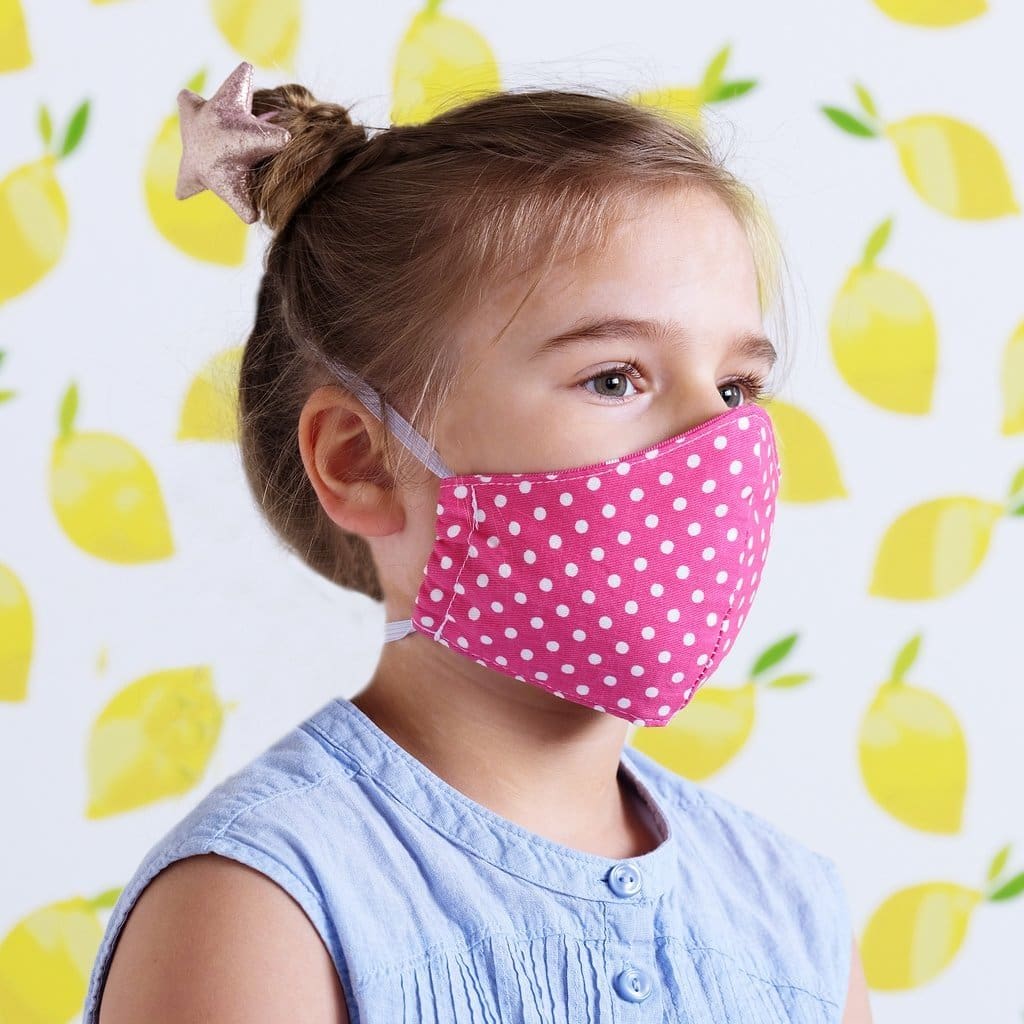I have been camped out at my parents’ house for the past several weeks, where our only visitors have been deer and chipmunks and red-bellied woodpeckers that my six-year-old has taught my two-year-old to greet by shouting “pecker!” My parents live in the suburbs, but in a fairly remote spot. And for this we are supremely grateful, having three boys who need to be unleashed like greyhounds in order to allow a modicum of peace within the house. So when the advice came from the CDC that we should all be wearing masks in public, I did not give it much thought. The deer kept their distance, and we had a few spare masks lying around for the occasional grocery run. Other than the UPS man, we had not seen much of anyone outside the family for almost a month.
But last weekend, we headed back to Brooklyn to gather our mail, check on a problematic boiler, and pay homage to the magnificent cherry tree outside our house before it dropped all its psychedelic blossoms. The plan was to hunker down for 48 hours and not leave the premises (and therefore not risk bringing germs back to my more at-risk parents). But I quickly realized that we were going to need to grapple with questions that I had so far ignored. As we drove through the neighborhood, I was happy to note that almost everyone was wearing a mask—including many of the kids. We didn’t plan to leave the house, but I realized that even standing on the sidewalk, they’d potentially be exposed or make it seem that we weren’t taking the guidelines seriously enough.

The CDC advises that children over the age of two wear a mask when they cannot maintain adequate distance from another person. It’s okay for your kid to go mask-free when they’re outside (say, on a remote hike where they’re not touching picnic tables or water fountains), but not in a crowd. So it’s probably best for them to stay covered up if there’s a chance that they may get close to others. For healthy kids, as Jaqueline Jones, a pediatric ENT specialist in New York and the author of Medical Parenting: How to Navigate Health, Wellness & the Medical System with Your Child, points out, you’re generally not so worried about them catching the virus. (Severe cases of COVID-19 in children are relatively uncommon.) But you should worry about protecting others should your child be an unknowing vector.
But how do you get a kid to wear a mask? I’m still in the “Don’t pick your nose” stage of hand-to-face kiddo coordination, so getting them to put something foreign and unfamiliar on their faces seemed like a very uphill battle. “It is really hard for kids this age,” concurs pediatrician Harvey Karp, author of The Happiest Baby on the Block and Happiest Toddler on the Block. “Half don’t like their faces to be messed with, and the other half hate it.” He suggests letting them draw on their mask or apply stickers: “That may only buy you one minute of cooperation, but these are simple tricks to try.” Dr. Jones stresses that kids should have some buy-in: “Let them go into daddy’s closet and pick which one of his T-shirts you’re going to convert into a mask.”
For slightly longer-term cooperation, Dr. Karp suggests a form of constructive game playing. Have your four-year-old wear a bandana to scare you, and give the bandana a name. Let your child make it part of the bedtime routine by narrating the goofy things it did during the day. “Talk kindly to it and pretend to feed it,” Dr. Karp suggests. “Silly, I know, but it will help it to become a friend versus a thing that’s covering their face and making it hard to breathe.” If you need your child to wear a more formal mask, Dr. Karp suggests practicing at home, and only requiring it for 15 seconds at first. Then do it again until you’re working up to the child wearing it five or so times a day. Dr. Karp suggests the “gossip” method to reinforce good behaviors (and discourage bad ones): While your child is not looking directly at you, speak (in a loud whisper) about the behavior you like (mask wearing like all the other big kids outside!) and what you dislike (nose picking).
In terms of what your kids should be wearing, the American Academy of Pediatrics advises that cloth masks with elastic are best for kids; leave the medical-grade ones for the health care workers. You want a mask made of a comfortable material that covers from above the nose down to the chin, says Dr. Jones, and extends along the lines of the child’s cheekbones. She says that kids tend to fiddle less with masks that go around the ears than ones that tie behind the head, so you may want to look out for models of that sort. Cotton is a good material; you want to avoid materials that might be more porous, like linen, or absorptive, like terrycloth.
But perhaps the most important thing to remember, Dr. Jones reminds, is that kids model behaviors. So wear your own mask consistently and don’t attach any anxiety to mask wearing. “It’s important to remember that kids are adaptable,” says Dr. Jones. “They read our emotions. So you want to keep your own anxiety to a minimum. We’re all going to come out on the other side of this, and we don’t want any long-term emotional scars.”

